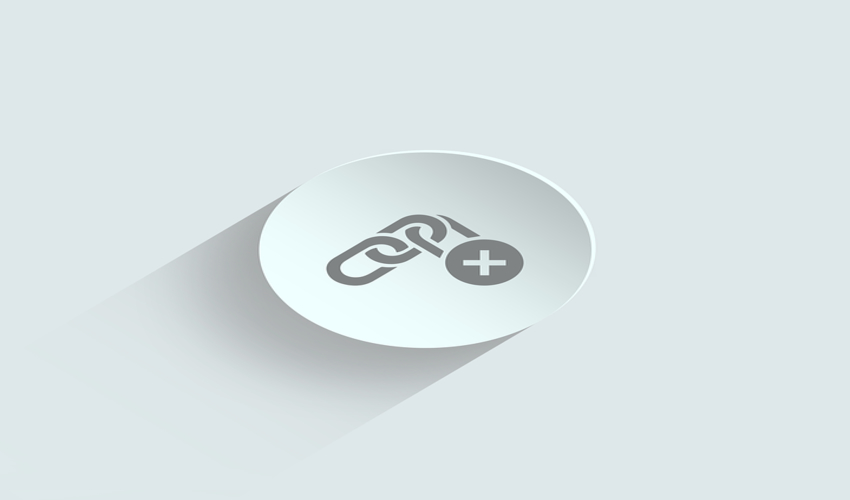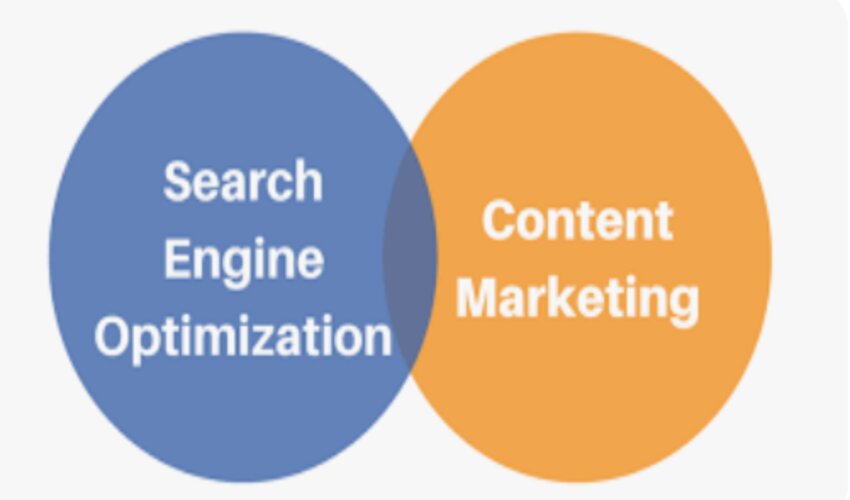Few digital marketing strategies have remained as prevalent as link building over the years. There are multiple reasons for this, but at its core, it’s a timeless strategy. From raising awareness and generating organic traffic to generating search engine optimization (SEO) signals, link building delivers. However, while the strategy remains valuable today, tactics inevitably change and adapt. From digital trends and technological innovations to algorithm changes, the effectiveness of various link-building practices will vary. Thus, let us use this article to explore link building and how to do it right in 2021.
Link-building and SEO
First and foremost, let us establish a key factor. Link building overlaps with SEO somewhat, but it can also have independent goals. In contrast, SEO strategies can’t reasonably exclude link-building strategies. However, most businesses will have an interest in both, so the overlap is worth exploring in brief.
Where the two overlap most significantly is E-A-T; expertise, authoritativeness, trustworthiness. SEO seeks to enhance these metrics to allow pages to rank higher in search results. Link building also works toward these goals, but not entirely so; only follow links directly improve these metrics. In essence, not all links are equal in terms of SEO, but all links are valuable links.
PageRank and link types
The key distinction among link types lies in PageRank, Google’s way of measuring E-A-T. PageRank gauges backlinks and subsequently ranks pages. In simple terms, links from authoritative sources boost a page’s rank. Digital marketers colloquially rank this transfer of authoritativeness as “link juice”. However, different link types will see different treatment by PageRank.
Follow
This is the default state of most links, unless otherwise specified. In HTML code, a follow link looks like this:
<a href=”https://example.com”>example anchor text</a>
Follow links are the only ones that allow for “link juice” transfers. Thus, they are the most valuable links in terms of SEO.
Nofollow
In contrast, the “nofollow” tag must be set manually. A nofollow link will look like this:
<a href=”https://example.com” rel=”nofollow”>example anchor text</a>
The “nofollow” tag explicitly denotes that the two sites shouldn’t be associated rank-wise.
Sponsored
Similarly, the “sponsored” tag denotes sponsored content and paid links. A sponsored link will look like this:
<a href=”https://example.com” rel=”sponsored”>example anchor text</a>
Like nofollow links, sponsored links don’t affect PageRank.
User-generated content (UGC)
Finally, the UGC tag denotes user-generated, and thus not editorialized, content. A UGC link will look like this:
<a href=”https://example.com” rel=”ugc”>example anchor text</a>
This link type also doesn’t affect PageRank. Moreover, UGC links may be suspected as potentially manipulative.
Link-building: how to do it right in 2021
Now, having made these distinctions, we must make a final note. All link types are valuable since they can all generate referral traffic. What’s more, healthy backlink profiles include all types of links to avoid suspicions of underhanded tactics. With this in mind, let us delve into link building and how to do it right in 2021.
Content creation and the skyscraper technique
Perhaps the most famous link-building strategy, content creation takes effort but is undeniably lucrative. In fact, Link Doctor reported that content creation was still the most popular tactic of SEO professionals in 2020.
The essence of this strategy is simple; create quality content for authoritative websites to earn backlinks. Frequently, content creation for this purpose is perfectly complemented by the skyscraper technique, coined by Backlinko’s Brian Dean:
- Find well-performing content related to your industry
- Expand on it and add value
- Promote it over your competitors’ content
In reverse, you may also identify content that performs poorly and provide quality content on the same topic.
Guest blogging
Unlike content creation, which may call for infographics and other resource-intensive material, guest blogging often offers an easier alternative. Of course, guest blogging still requires quality content itself since all websites value content quality. Notably, to refer back to Link Doctor’s survey, guest posts are also incredibly popular among professionals. This should attest to its merits to a decent extent.
Guest blogging follows similar principles; find websites that need or accept guest posts and offer them valuable content. Guest blogging may not frequently yield follow links, but all links produce valuable traffic.
Broken links
Another massively popular strategy is broken link building. No article on link building and how to do it right in 2021 should exclude this strategy, as it’s undeniably effective.
Despite what the name might suggest to some, this marketing tactic doesn’t revolve around replacing broken internal links. That is a valuable strategy as well, as we’ll cover below, but broken link building refers to external links. Specifically, it’s a simple process as well:
- Find broken or missing links in other websites
- Create or find link-worthy content of your own
- Reach out to website owners and offer to replace their broken links with your content
Admittedly, this strategy doesn’t scale massively. However, it still yields traffic, and can also provide opportunities for business partnerships.
Help a Reporter Out (HARO)
Along similar lines, you may reach out to HARO and share your expertise for link-building purposes. This notable resource sees use from local reporters as well as media giants like:
- Reuters
- Fox News
- Wall Street Journal
- Time
- The New York Times
Thus, HARO offers a very viable opportunity to increase your visibility and build links. Alternatively, you may also monitor the #journorequest hashtag on Twitter through a hashtag aggregator for similar purposes.
Internal links
Finally, internal links are also a crucial aspect of linking, especially in terms of SEO. In essence, internal link strategies don’t build links as much as they solidify your existing ones. However, it may be wise to optimize internal links before building backlinks for maximum engagement and performance.
On this front, there are 3 main practices to consider:
- Identify and repair internal broken links
- Optimize valuable internal links such as CTAs and testimonials
- Reposition appropriate internal links from your homepage to informative internal pages
Notably, the final practice can also apply to backlinks. You may wish to reach out to sources that link to your homepage and ask them to reposition it. This may seem counter-intuitive, but it does provide a better user experience. And as with all other link-building practices, link quality offers more value than link quantity.

Robert Nettles is a digital marketer and copywriter based in Sacramento, CA. He’s an avid SEO enthusiast who has worked with many SMBs over the past decade. He frequently contributes content to Link Department and other publications, where he shares the insights he has accumulated.
















Leave a Reply